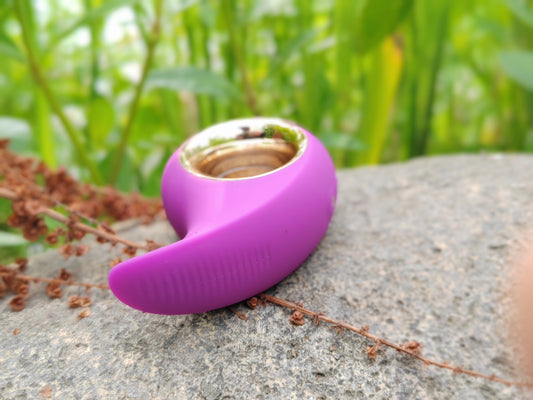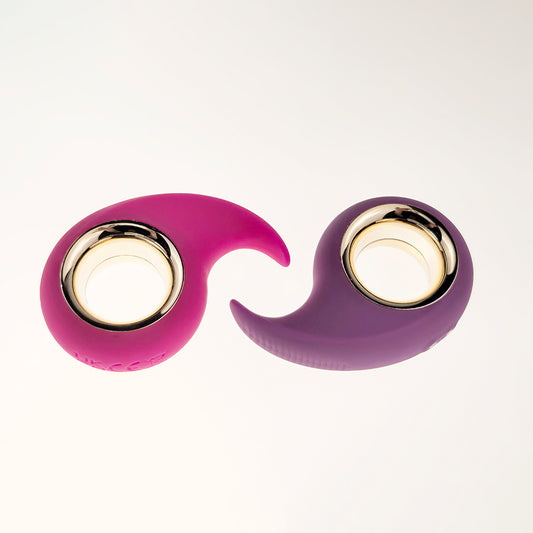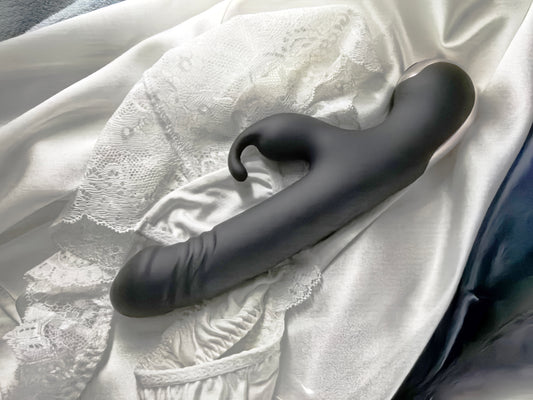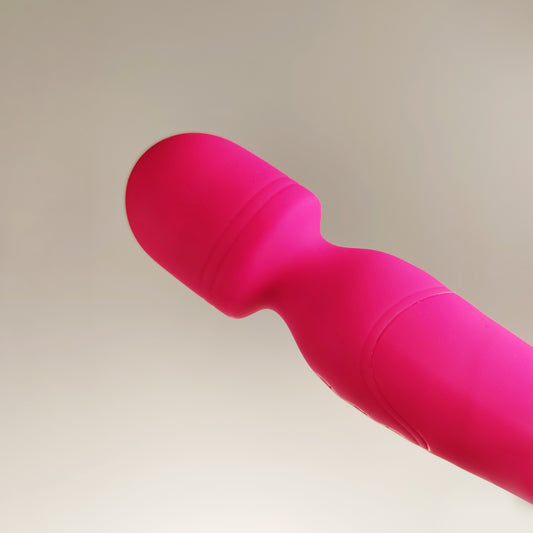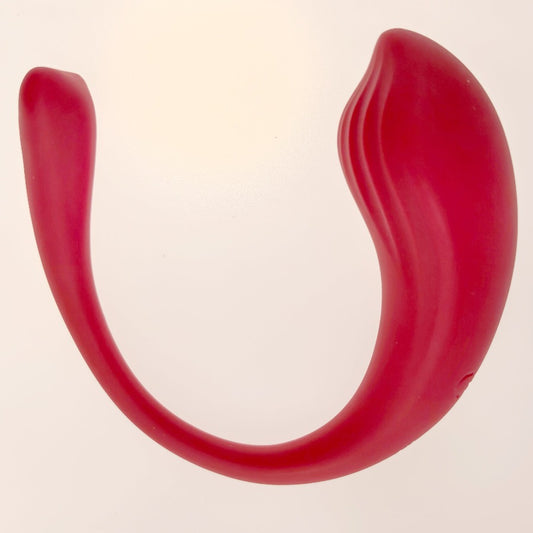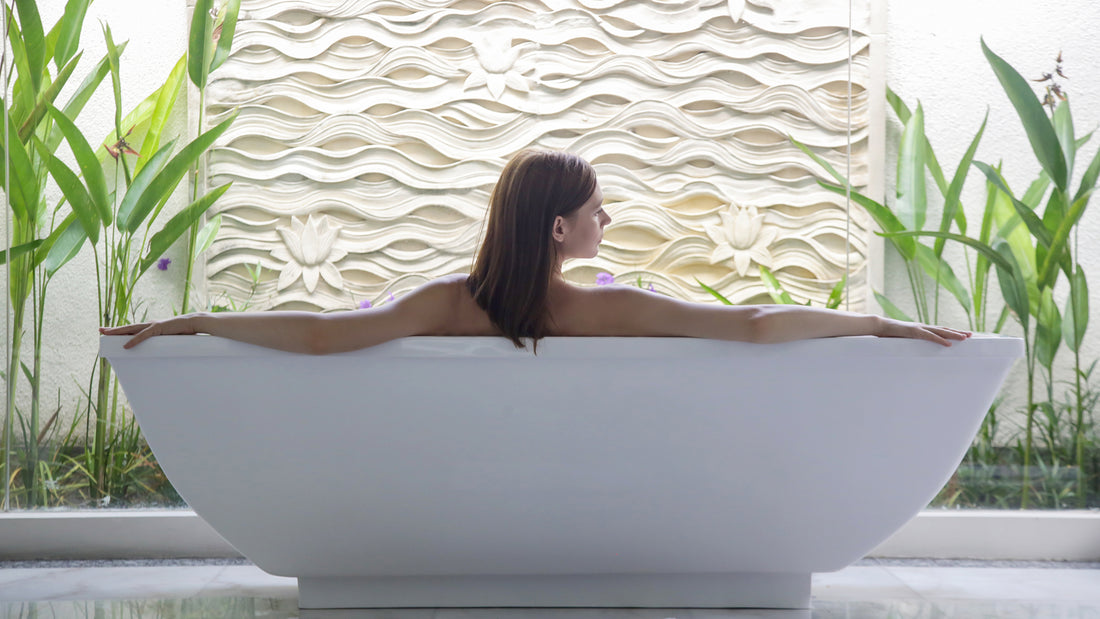
The Art of Sensual Muscle Control: Unlocking the Power of Glutes in Intimacy
Share
Scientific Importance of Gluteal Muscles
The gluteal muscles, comprising the gluteus maximus, medius, and minimus, are the largest and most powerful muscles in the body. They play a critical role in pelvic stability, hip movement, and overall posture. In intimacy, strong glutes enhance thrust control, endurance, and positional versatility, while their flexibility ensures smoother transitions and increased comfort in various positions.
Relationship Between Gluteal Power and Sexual Muscle Techniques
- Improved Thrust Power and Control: Strong glutes provide a stable foundation for controlled pelvic motions.
- Positional Endurance: Gluteal strength supports long-lasting comfort in dynamic positions.
- Enhanced Pelvic Angle Adjustment: The glutes assist in tilting the pelvis for deeper penetration and optimal angles.
- Dynamic Movement Versatility: Flexible glutes facilitate seamless transitions between positions.
- Increased Aesthetic Appeal: Toned glutes contribute to visual allure and boost confidence.
Fourth Lesson: Building Gluteal Strength for Intimacy
This lesson focuses on developing gluteal strength, flexibility, and coordination to enhance their role in intimacy. The exercises are designed to strengthen the muscles while improving their responsiveness and dynamic engagement.
Detailed Training Plan
1. Warm-Up: Preparing the Glutes (5 Minutes)
Warming up the glutes is essential to activate the muscles, improve blood flow, and reduce the risk of strain.
Exercise 1: Hip Flexor Stretch
- Position: Kneel on one knee with the other foot planted in front, forming a 90-degree angle.
- Movement:
- Lean forward slightly, stretching the hip flexor of the kneeling leg.
- Hold the stretch, then switch sides.
- Duration: Hold for 20 seconds per side, repeating twice.
Tips: Tuck your pelvis slightly to deepen the stretch in the hip flexors.
Cautions: Avoid over-leaning forward, which could strain the lower back.
Key Technique: Engage your core for stability and focus on elongating the front of the hip.
Exercise 2: Standing Leg Swings
- Position: Stand upright near a wall for balance.
- Movement:
- Swing one leg forward and backward, keeping your movements smooth and controlled.
- Switch to the other leg.
- Frequency: 10 swings per leg.
Tips: Keep your upper body steady and allow only the leg to move.
Cautions: Avoid swinging too forcefully, which may compromise control.
Key Technique: Focus on activating the glutes at the peak of each backward swing.
2. Gluteal Strengthening Exercises (20 Minutes)
Exercise 1: Basic Glute Bridge
- Position: Lie on your back with knees bent, feet flat on the floor, and arms resting at your sides.
- Movement:
- Press through your heels to lift your hips until your body forms a straight line from shoulders to knees.
- Hold for 5 seconds, then lower slowly.
- Frequency: 12 repetitions per set, completing 2 sets.
Tips: At the top, imagine squeezing a pencil between your glutes to maximize engagement.
Cautions: Avoid arching your back or letting your knees splay outward.
Key Technique: Maintain even weight distribution between both feet for balanced activation.
Exercise 2: Single-Leg Glute Bridge
- Position: Lie on your back, one knee bent with the foot flat on the floor, and the other leg extended straight.
- Movement:
- Press through the heel of the bent leg to lift your hips while keeping the other leg extended.
- Lower slowly and switch sides after completing one set.
- Frequency: 10 repetitions per leg, completing 2 sets.
Tips: Keep the extended leg at the same height as your hips for alignment.
Cautions: Avoid twisting your torso; focus on engaging only the working glute.
Key Technique: Move slowly to ensure maximum glute activation throughout the motion.
Exercise 3: Squat Pulses
- Position: Stand with feet shoulder-width apart, toes slightly turned out.
- Movement:
- Lower into a squat position, keeping your chest lifted and back straight.
- Perform small pulsing movements, maintaining tension in the glutes.
- Duration: Pulse for 20 seconds, rest for 30 seconds, and repeat for 2 sets.
Tips: Keep your weight in your heels and avoid letting your knees collapse inward.
Cautions: Avoid bouncing or jerking motions; maintain control.
Key Technique: Engage your core to stabilize your posture while focusing on glute tension.
Exercise 4: Fire Hydrants
- Position: Start on all fours, wrists under shoulders and knees under hips.
- Movement:
- Lift one knee out to the side, keeping the leg bent at a 90-degree angle.
- Lower back down and repeat, then switch sides.
- Frequency: 12 repetitions per side, completing 2 sets.
Tips: Keep your core engaged to prevent your back from arching.
Cautions: Avoid lifting the knee too high, which could strain the hips.
Key Technique: Focus on controlled, deliberate movements to isolate the glute muscles.
Exercise 5: Step-Ups
- Position: Stand in front of a sturdy step or bench, holding light weights if desired.
- Movement:
- Step onto the platform with one foot, pressing through the heel to lift your body up.
- Lower back down and alternate legs.
- Frequency: 10 repetitions per leg, completing 2 sets.
Tips: Push through your heel to activate the glutes fully.
Cautions: Avoid bouncing or using momentum to step up.
Key Technique: Maintain a straight posture and ensure full control during both ascent and descent.
3. Cool-Down: Stretching the Glutes (5 Minutes)
Exercise 1: Figure-Four Stretch
- Position: Lie on your back with one ankle crossed over the opposite knee.
- Movement:
- Pull the uncrossed leg toward your chest, feeling the stretch in the glutes.
- Hold, then switch sides.
- Duration: Hold for 20 seconds per side, repeating twice.
Tips: Flex the foot of the crossed leg to protect your knee joint.
Cautions: Avoid pulling too forcefully to prevent overstretching.
Key Technique: Breathe deeply into the stretch to enhance relaxation.
Exercise 2: Pigeon Pose
- Position: Start in a plank position, then bring one knee forward and place it near the opposite wrist, extending the other leg behind you.
- Movement: Lower your hips toward the ground and hold the stretch.
- Duration: Hold for 30 seconds per side.
Tips: Adjust the position to ensure comfort and effective stretching.
Cautions: Avoid forcing your hips to the ground if it feels uncomfortable.
Key Technique: Use a cushion under the hips for added support if needed.
Practical Tips and Applications
- Daily Engagement: Practice glute bridges or squats during daily activities to maintain strength.
- Intimacy Enhancement: Use gluteal power to control thrusts and adjust angles for optimal depth and stimulation.

